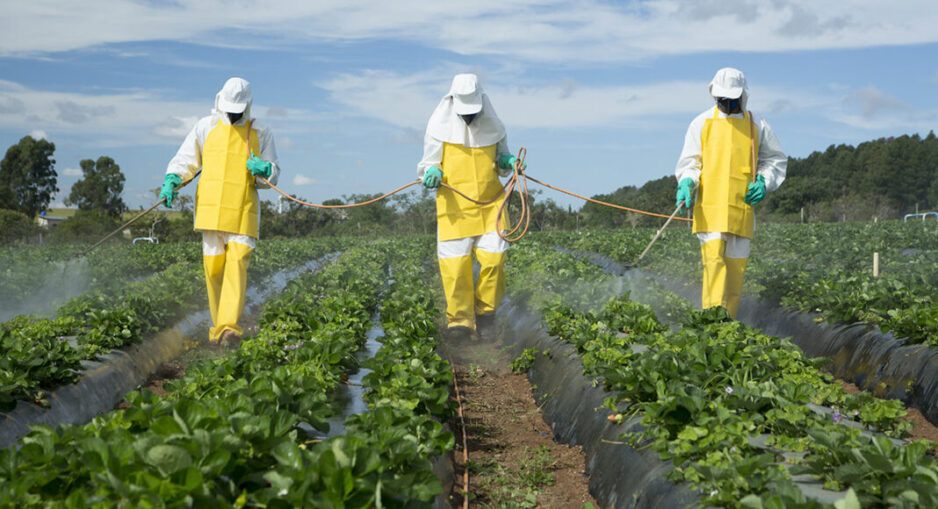More than 23 members of CAPS 805, the Ventura County branch of Californians for Pesticide Reform (CPR), traveled from Ojai, Ventura, Oxnard, and Port Hueneme to Shafter, CA, to participate in a California Department of Pesticide Regulation (DPR) hearing. They called for growers to disclose the exact location and time of pesticide applications.
The current draft of the “Spray Days” statewide notification program only requires indicating pesticide applications within a 1-square-mile area. Farm workers, addressing an audience of over 140 participants—mostly farm workers from Ventura County and the Central Valley—argued that this plan is insufficient without specifying the exact location of applications.
On July 25, the California Department of Food and Agriculture held a Zoom meeting to gather additional public input on DPR’s plan. The public had until August 1 to submit their concerns. The final regulation is expected to be implemented sometime in 2025, with the exact date yet to be determined.
Farm workers and community members assert that without knowing the precise location of pesticide applications, they are at risk of exposure to toxic chemicals. They emphasize the need for this information to avoid contact with harmful fumes. Conversely, ranchers argue that revealing exact locations could lead to interference from activists and pose privacy issues.
Pesticide Reform Organizer Teresa Gomez stated, “We’ve made the journey to Sacramento many times to advocate for a robust pesticide notification system. Our members have participated in a year-long pilot program in a small part of Ventura County and in two state public hearings in our county. Now, as this is the final hearing in California, we are here to make it clear: It’s not notification without exact location.”
The new regulation will impact all farms in California that use restricted material pesticides and will be crucial in determining whether farmworkers’ rights and health are adequately considered in regulatory decisions.

